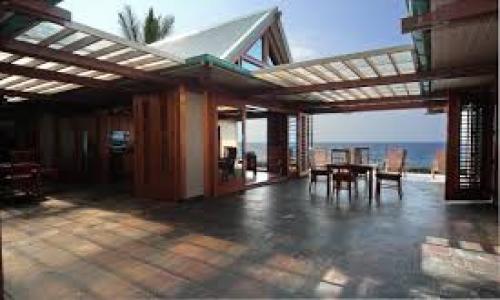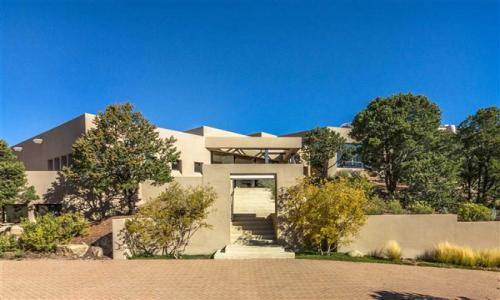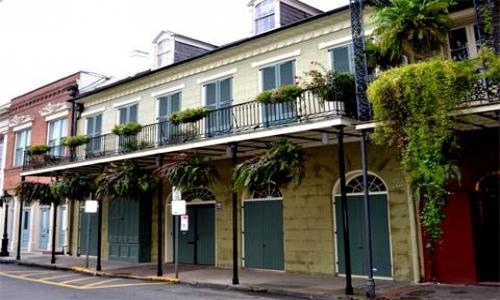Until the US entered a period of historically low mortgage rates, mortgage rate locks were very common for those seeking to close on a property purchase. Rate locks are basically a guarantee that you can get a certain mortgage interest rate on your loan, provided you close or complete the necessary paperwork within the agreed upon time period. For example, you may get a lender to agree to lock in a 3.5 percent interest rate for a 30 year fixed rate loan for 15 days. If you close or complete the necessary paperwork, the lender will release the funds for your loan within the 15 day lock period; if you do not, the rate lock agreement is forfeited.
Here are some other things you should know about rate locks to get a better understanding of how they work.
- When you get a mortgage rate lock, the lender typically charges you points in exchange for locking in the rate. A 15-day rate lock generally costs 2 points and it can go up from there. For a 30-day rate lock, you may be charged 2.25 points and a 60-day rate lock may mean paying 2.5 points. Mortgage points are basically a form of interest that you pay upfront. Each point is equivalent to one percent of the amount of the loan and you can purchase points in order to reduce the interest rate on your loan which, in turn, reduces the monthly payment for your mortgage loan. You only have to pay for these mortgage points if you end up taking the mortgage so there really is no downside to getting a rate lock on your mortgage.
- Lenders run the risk of losing money by offering a rate lock because mortgage rates can increase during the locked period. If you have a 4 percent rate locked in and mortgage rates go up to 5 percent, they cannot charge you the extra percentage rate as long as you purchase the house during the locked period.
- While banks cannot charge you a higher mortgage rate during the locked period, some banks may offer what is known as a free float down. This means that if mortgage rates drop during the lock period, the bank will offer you the lower rate. However, many banks charge extra for this option.
- Many times, a mortgage lender will only let you lock in an interest rate on a certain property that you are considering purchasing. There are times, however, where a lender will let you lock in a rate before you find a house that you want to purchase. This is often called a “lock and shop” program which is ideal if mortgage rates are steadily increasing.
- If you are purchasing a home that is new construction, you may find lenders that offer long-term rate locks. These types of rate locks cost a little more in points and they may also require an upfront deposit in order to guarantee the mortgage rate. These long-term rate locks can be as long as 180 days because it can often take longer to close on a new construction home if it is still in the process of being built and you may have an opportunity to get a lower rate if the mortgage rates drop during that period of time.
If you have been wondering about rate locks, these are just a few of the things that may help you understand this concept better. Your mortgage lender can give you more information about how many points you will be expected to pay and their specific rate lock programs and details.












Add your Comment
or use your BestCashCow account